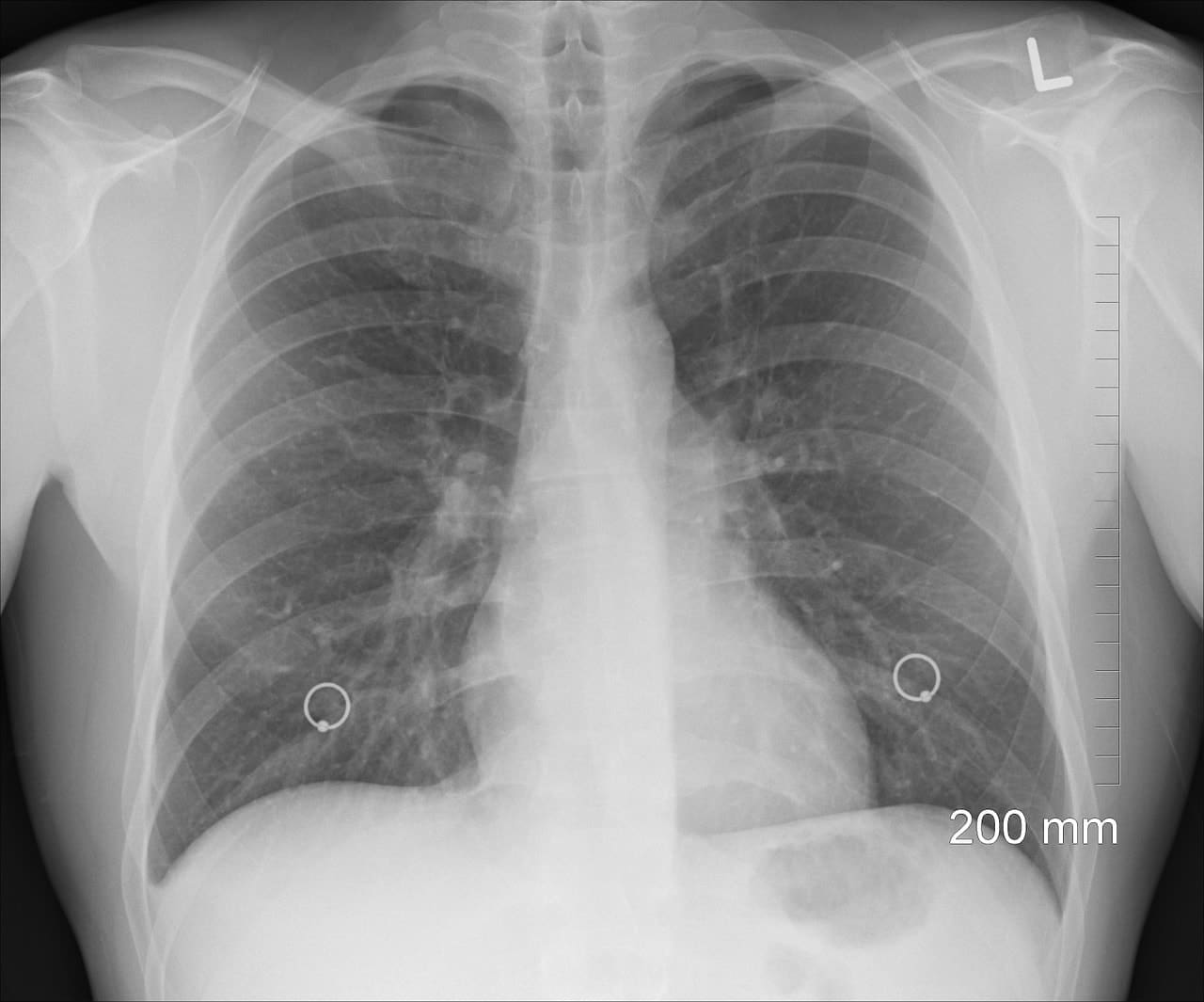Pneumonia is one of the infections that leads to the cause of death in many people worldwide. Among the vast diversity of pathogens in the respiratory system, fungus only has a small portion of what accounts for the acquired pneumonia.
However, there is still a fungal respiratory infection that develops concern in the expanding population of immunosuppressed patients. With this said, it is essential the one would know about fungal infections, especially those of fungal pneumonia that might cause further health complications.
To avoid the said health issue, you should have adequate knowledge regarding the said condition, along with its treatment and medications like the Voriconazole. Thus, read on as we discuss the things you need to know about fungal pneumonia.
All About Fungal Pneumonia

Fungal pneumonia is a condition which affects the lungs through a fungus. This can be caused by either opportunistic or endemic or a combination of both types of fungi.
Now, this disease is an infectious process in the lungs, which is primarily developed due to the inhalation of spores after inhaling conidia, a type of fungi that causes fungal pneumonia. Or, it has been reactivated due to latent infection.
The diagnosis of fungal pneumonia is difficult to prove and is often made on a presumptive basis by the doctors or healthcare provider. In diagnosing this disease, it heavily relies on a combination of radiologic, clinical, and microbiological factors to determine fungal pneumonia.
One of the fungi organisms, Candida, and other filamentous fungi such as Aspergillus and Scedosporium can be isolated from the respiratory tract and oropharyngeal as colonizers without evidence of invasion or symptoms until an individual will suffer from the breakdown of tissue barriers or if the person’s immune system occurs.
On the other hand, nonmolecular fungal markers in serum or other samples which represent noninvasive diagnostic tools can help in therapeutic decisions.
What are the Complications of Fungal Pneumonia?
Of course, there is no condition that does not come with complications. Now, the complications of fungal pneumonia include kidney dissemination to other certain organs in the affected individual’s body, such as brain, meninges, liver, spleen, heart, kidney, eyes, skin.
Also, fungal pneumonia can lead to sepsis syndrome and blood vessel invasion, which can lead to hemoptysis, myocardial infarction, pulmonary infarction, cerebral infarction, cerebral septic emboli, or blindness.
There are also other complications aside from what was stated beforehand, which includes Tracheoesophageal or bronchopleural fistulas, chronic pulmonary symptoms, mediastinal fibromatosis, broncholithiasis, and pericarditis or other rheumatologic symptoms.
What are the Available Treatments for Pneumonia?
Like any other health issues, treatments are also available for pneumonia. With this said, all of the therapy or treatment needed for fungal pneumonia must include the antifungal agents, for it to properly work against the disease.
Now, the type of antifungal drug employed should be selected based on the particular pathogen of the fungus that has infected the lungs, which is isolated or is clinically suspected.
For its medicine, there are many classes of antifungal agents that are now available. This includes the classic antibiotics like the first, second, and third-generation triazoles and the echinocandins.
Why is Voriconazole Prescribed?
Voriconazole is used as a medication in adults and children that starts with two years of age with the sole purpose of treating severe fungal infections like the invasive aspergillosis (an infection that starts in the lungs and then spreads through the person’s bloodstream to other organs).
Another serious fungal infection would be the esophageal candidiasis (a yeast infection of a certain type of fungus which may cause white patching in the throat and mouth)and the candidemia (a fungal infection present in the blood). Additionally, it is also used to treat certain other infections caused by fungi when other medication does not work for certain patients.
This medication belongs to a class of an antifungal medication called triazoles, which work through slowing down the growth of the fungi, which causes the said infection. Also, this drug can be bought in any local pharmacy with a voriconazole coupon.
How Voriconazole is Used
This medicine comes in the form of a tablet and a suspension (liquid) which is taken orally. With this said, it is usually taken every 12 hours without a meal (or an empty stomach) which should be done at least an hour before or after a meal.
Now, if you tend to forget to take your medication, then you better make an action since it may tamper with your intake and your progress with the treatment. Thus, what you need to do is to take it at around the same time every day, so that it will become a habit and you will soon not forget your intake.
Voriconazole Side Effects
Voriconazole has its share of side effects, just like any other medicine that is prescribed to you. Although some can’t be avoided, you can help alleviate the medicine’s side effects by knowing them first and then taking action.
So, what are the side effects? One of the common side effects are headache, nausea, and vomiting. Know that the mentioned side effects should be experienced shortly. However, if any of the symptoms persist or have gotten worse, then immediately inform your doctor about it.
You should remember that your doctor has prescribed you this medicine because he/she deemed that the benefits that you can get from drinking the prescribed drug is greater than the side effects that it might cause. Rest assured that people that have used this medication did not experience any serious side effects.
However, if you do think that you are experiencing some of its severe side effects then you should experience one of the following symptoms which includes vision changes like changes in color vision or blurred vision, light sensitivity, and eye pain. Also, you might experience kidney problems like changes in the volume of your urine.
Additionally, bone or joint pain, mental or mood changes such as mood swings and hallucinations, swelling in ankles, hands or feet, and easy bleeding and bruising might be experienced when you have a serious side effect caused by the medication.
Now, if you are experiencing any of these severe side effects then you should immediately seek help by informing your doctor or healthcare provider.
Voriconazole can rarely cause very serious and fatal liver disease. So, you should tell your doctor right away if you are having or is developing symptoms of liver disease like stomach/ abdominal pain, loss of appetite, nausea/vomiting, yellowing eyes/skin, and dark urine.
Also, although this drug might inflict some serious allergic reaction to the patient, but this is very rare to develop. However, if by chance you have noticed any symptoms of a serious allergic reaction, then you might see or experience rashes, swelling/itching (in any part of the body), severe dizziness, and trouble breathing.
However, this drug can commonly cause mild rash so you also need to know how to distinguish severe allergic reactions from mild rashes. If not, then you should consult your doctor or healthcare provider right away.
Takeaway
When prescribed by a medication, one should know the information about the prescribed medicine so that you will know its effect on you and how does it help in treating the condition that you are facing.
Cover Image credits




